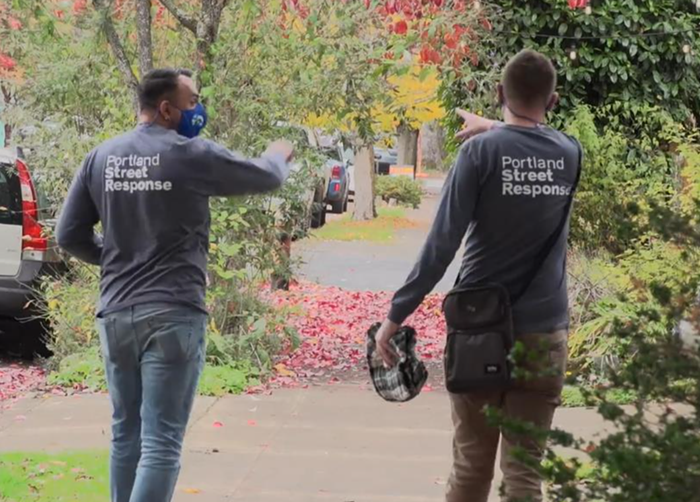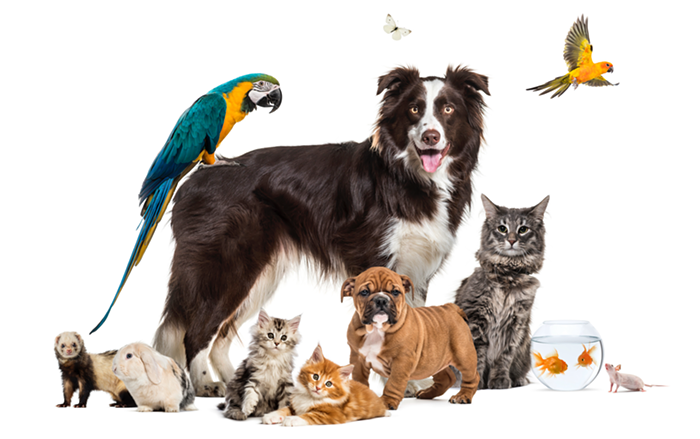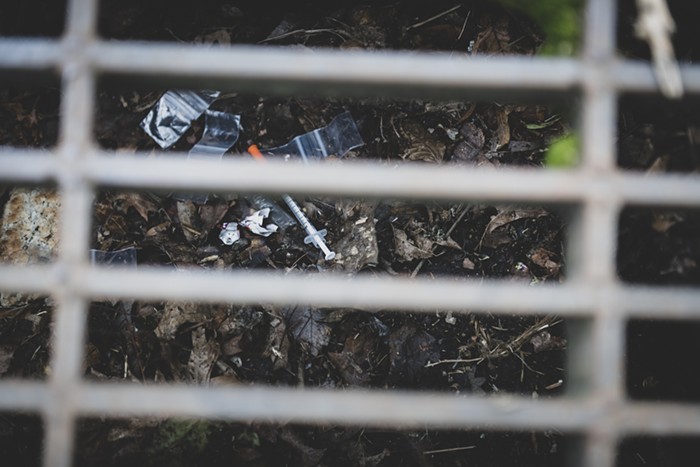Ten years later, after Martin has lived out his formative years in a mansion with his wealthy, oppressive father and stepmother, we see him grown, tall, angular, and frantic. The adult Martin, played by French television star Alexis Loret, is physically breaking free from the place he'd been living, whipping open the front gates with all his strength and running off into the mountains--back to nature.
Alice et Martin, filmed in 1998 by director André Téchiné (Wild Reeds), is a physically exhausting film, despite being only 123 minutes. The story line is broken up in a fairly unconventional way that does not seem cohesive until hours after it's over. We are swept along, at first without much explanation, from Martin's childhood to the vortex of the story and why he won't discuss who he is or what has happened to him.
Martin escapes his home to the openness of the French countryside, stumbling through mountains and fields without food, until he finds a chicken coop from which he starts stealing eggs. He eats them raw, crushing their shells and letting the yolk bleed through his fingertips until he has slurped them up. He is eventually caught, and shipped away from his animalistic life to the equally animal confines of jail.
Once Martin is released, he seeks refuge in Paris with his brother Benjamin (Mathieu Amalric). Alice (played by Juliette Binoche) is Benjamin's roommate, a rather stoic violinist whose dream is to make a living playing tangos. Nearly immediately, there is tension between Alice and Martin. When he asks her if she and Benjamin are dating, she responds abruptly, "It's not sexual." At this point the tension is only implied, however; we do not know enough about either Alice or Martin to understand why they should be attracted to each other, other than that they are both incredibly foxy, and in an apartment alone together.
This is only the beginning of our distance from the characters. We are not yet told who these people are, or even why we should care, but they are fascinating nonetheless. In a sense, we get to know Alice and Martin at the same rate they get to know each other; gradually and with partial disinterest, except for that one glint of fascination that alternates between the two of them. We watch as Alice struggles with her music, as Martin becomes a fashion model, as they eventually consummate their co-dependence in his dressing room, missionary-style, with simultaneous orgasms.
And yet, we are left to marvel at the beauty of the thing. Martin's growth and travels are represented throughout by his relationship to the organic world: the snowflakes sputtering down like dandelion tufts; a lake's surface being shattered by Martin's naked frame; fields of pink and corn-colored wheat grass; the juxtaposition of ski lift cables against mountains and the sky. Each image looks crackly and edible.
Eventually, the story surfaces from the depths of Martin's sea. What he was escaping, who he is, where he might go. He is haunted, tied by the patterns of nature, helplessly trapped inside as the snow of life falls gently without noticing him.
Alice et Martin tells us we are powerless against the nature's haunting; moreover, we are powerless against the nature of people, knowing them gradually until we discover their troubled cores. By then, it's too late.


















